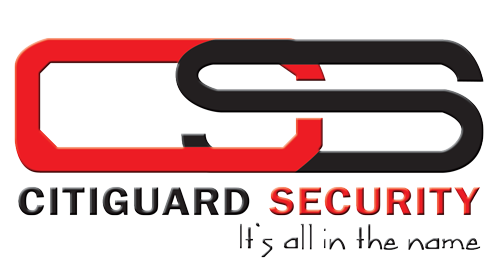
Know About 7 Steps of Commercial Cleaning
Regardless of the world that needs cleaning- whether commercial or industrial- seven ‘laws’ generally apply. This industry standard referred to as the 7-step commercial cleaning services may be a general strategy adopted by professionals to tackle various environments. Yet, not all areas are made for cleaning effectively. For example, some spaces have much more regulations than others, despite having the perfect goal of eliminating all grime and bacteria. In addition, different structures can get within the way. Thus this text will explore the process and the way it applies to varied spaces.
Cleaning, Sanitization, and Disinfecting
While they’ll seem similar, there are minute differences between these terminologies. Basic commercial cleaning facts can differ.
Cleaning- However, it refers to the act of removing dirt/ wiping a surface so that it appears ‘clean.’
Sanitizing- It is the process of using strong enough chemicals to reduce/ kill some bacteria, but not all manners of microbes.
Disinfectant: Disinfectants are what actually ‘kill’ an excessive amount of microorganisms. It includes viruses, fungus, and bacteria. Most commercial cleaners use a mix of sanitizers and disinfectants while cleaning.
The 7-Commercial Cleaning Steps
The industry standard of commercial cleaning in the UK follows seven steps when approaching any room to wash. These tactics often involve tackling particular objects first before proceeding to subsequent phases. The next may be a description of every step and why it’s vital to follow continuously.
Dispose of Trash
The first step to require before any practical cleaning happens is the removal of the waste. First, liners and garbage bags should be disposed of or emptied. Following this, the inner side of the dustbin must be thoroughly sanitized. Finally, replace the plastic bag with a new bag.
High Dust
Following this, the next step is often dusting anything above shoulder level. Besides all, it is working in either a clockwise or counter-clockwise motion. It is often wiped out to form the last cleanup of lower sections not wasted since the extra dirt and mud might require additional cleanup. It also makes the damp mopping process much more manageable, very similar to sweeping a litter floor before mopping.
Damp Wipe
The next step is that a humid cloth mixed with a neutral disinfectant is applied to all or any high-touch surfaces apart from glass surfaces. Common hi-touch surfaces include phones, doorknobs, desks, and light switches in the case of an office cleaning. It is often a crucial step, thanks to the threat of bacteria targeting these places. However, further information about the common places where bacteria can generate is often found here.
Stock
After cleaning the high-touch surfaces, a subsequent step requires remediation of some sort, especially in bathroom products like toilet towels, soaps, and tissue. It must aid restocking in standard cleanliness for two purposes. Moreover, if publicly available cleaning items are available, one function is that it’ll help reduce the spread of bacteria and other diseases. The second is to take care of social standards.
Dust Mop
Well, with all the shoulder level/ high surfaces cleaned, it’s time to maneuver to the lower areas, including the ground. This step involves employing a speck of dust or ‘dry’ mop to gather floor dust to form subsequent steps easier. However, it must navigate bulky items and obstruct objects around. Moreover, it must leave no corner with uncollected dirt as this is often also a hazard.
Inspection
Before proceeding to the last step, it’s vital to possess a walk-around the premises and inspect the world for extra cleaning or love or money broken/ out of the standards. It’s not required of a janitor or commercial cleaner to repair any damaged items. However, damages must be reported to the owner. Finding cracks early during this step also doesn’t interfere with the wet mopping process, which can cause extra cleaning if dust is tracked across the ground.
Damp-mop
The final step to cleaning an area includes the wet mopping process, which adds a delicate finish to the ground, which may easily disrupt. Take a cleaning pot with a drab or diluted cleaner like bleach. And add some water to it, but do not mix bleach with these cleaners. Mop all around the corners of the building as best as possible. Then you can pursue the center by poking toward the center in an eight-sided star shape to attenuate the probabilities of stepping on the wet floor. Once this is often complete, it must leave the ground to air dry. Wet Floor Sign- always remember to display the wet floor sign openly. Alternatively, someone could also be injured and incur legal penalties on yourself or the organization.
Differences in Application
This 7-step cleaning process is simply a suggestion, as mentioned before. As an industry-standard, each situation could also be different or require different approaches.
